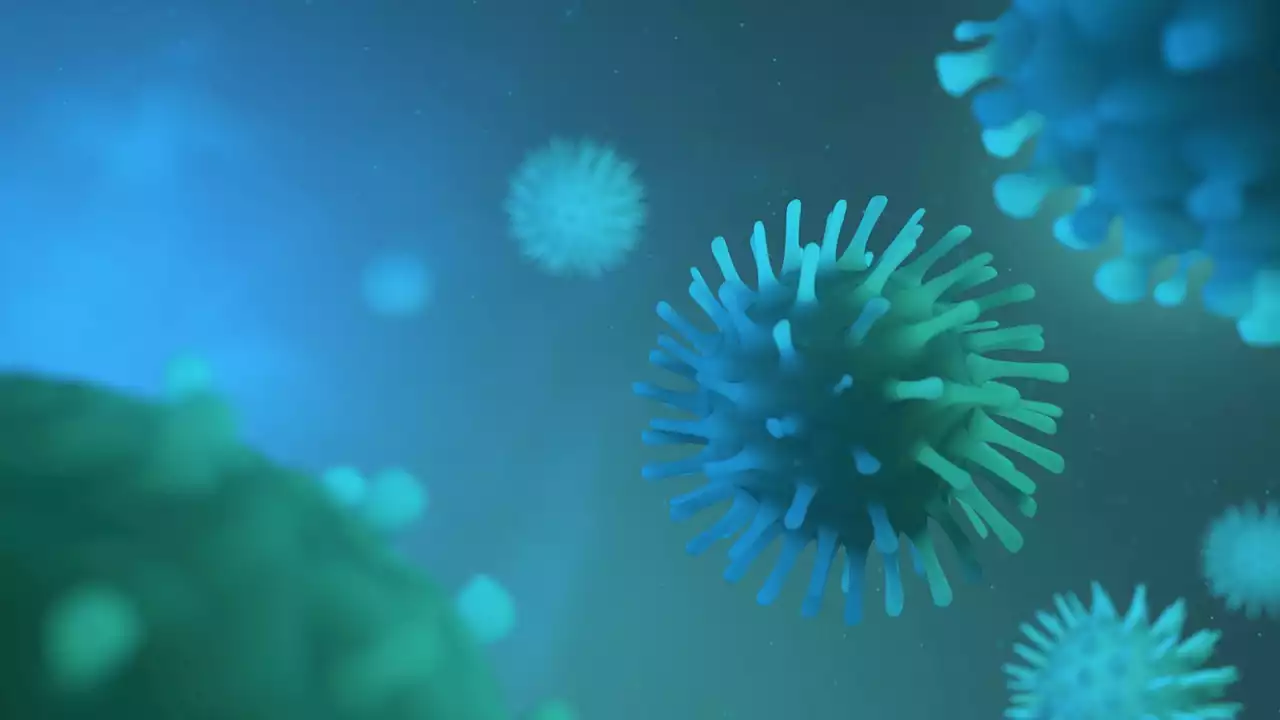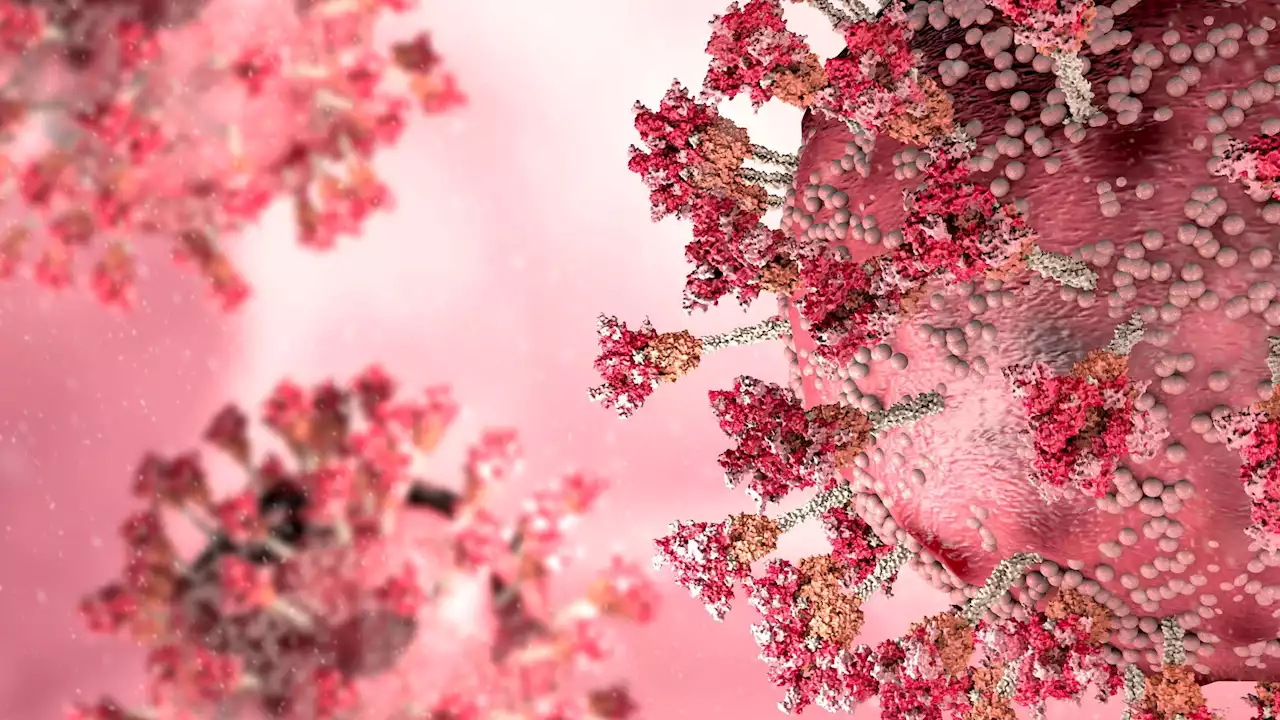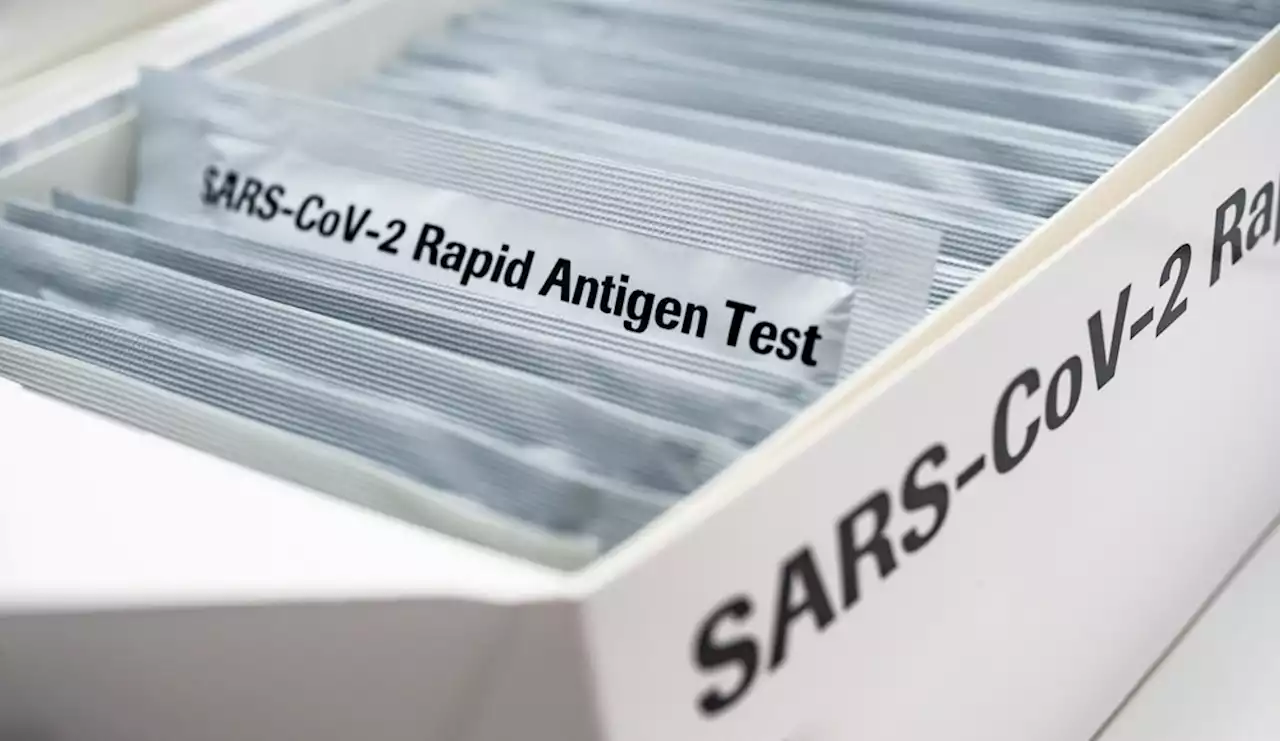What is the role of N-glycans and calnexin-calreticulin chaperones in SARS-CoV-2 spike maturation? SUNY SARSCoV2 COVID19 Spike Maturation
By Nidhi Saha, BDSSep 28 2022Reviewed by Aimee Molineux A recent study published in Science Advances showed that severe acute respiratory syndrome coronavirus 2 Spike N-glycosylation patterns, intracellular lectins, as well as the associated molecular chaperones play crucial roles in the viral-host-cell invasion and function.
The pathogen is constantly evolving and has undergone several mutations – rendering variants of concern that evade vaccine-acquired immunity and improve viral transmissibility, such as the Delta and the Omicron variants. This occurred because certain mutations in the S receptor-binding domain enhance Spike binding to the host-cell receptors – angiotensin-converting enzyme-2 .
Results The findings showed that the development, as well as the functional maturation of the S protein of SARS-CoV-2, is regulated by specific N-glycans. Few N glycans regulate SARS-CoV-2 entry into host cells and the maturation of S proteins. Specifically, the N-glycans at S protein sites – N801 and N61, are critical for SARS-CoV-2 functioning.
Looking deeper to find the reason behind the folding mechanisms revealed calnexin as a catalyst for such folding. Thus, calnexin regulated the entry of VLPs into host cells.
South Africa Latest News, South Africa Headlines
Similar News:You can also read news stories similar to this one that we have collected from other news sources.
 Study characterizes immunological signature of SARS-CoV-2 infection in childrenA recent study has demonstrated that the clinical severity of COVID-19 in children depends on the dynamics of immune response induced by SARS-CoV-2 infection.
Study characterizes immunological signature of SARS-CoV-2 infection in childrenA recent study has demonstrated that the clinical severity of COVID-19 in children depends on the dynamics of immune response induced by SARS-CoV-2 infection.
Read more »
 Rational treatment strategies for SARS-CoV-2 derived from human pluripotent stem cells modelsIn a recent study posted to the bioRxiv* preprint server, researchers in Australia explored the molecular mechanisms of the pulmonary and cardiac complications caused by severe acute respiratory syndrome coronavirus 2 (SARS-CoV-2) infection using human stem-cell-derived cardiac and lung cells.
Rational treatment strategies for SARS-CoV-2 derived from human pluripotent stem cells modelsIn a recent study posted to the bioRxiv* preprint server, researchers in Australia explored the molecular mechanisms of the pulmonary and cardiac complications caused by severe acute respiratory syndrome coronavirus 2 (SARS-CoV-2) infection using human stem-cell-derived cardiac and lung cells.
Read more »
 What are the neuropsychiatric effects of SARS-CoV-2 infection?What are the neuropsychiatric effects of SARS-CoV-2 infection? medrxivpreprint UMmedschool neuropsychiatric neurology neuroscience psychiatry infection COVID19 coronavirus covid SARSCoV2
What are the neuropsychiatric effects of SARS-CoV-2 infection?What are the neuropsychiatric effects of SARS-CoV-2 infection? medrxivpreprint UMmedschool neuropsychiatric neurology neuroscience psychiatry infection COVID19 coronavirus covid SARSCoV2
Read more »
 Observing SARS-CoV-2 Omicron reinfections with different sub-variantsObserving SARS-CoV-2 Omicron reinfections with different sub-variants SARSCoV2 COVID19 Omicron Reinfection CDCgov
Observing SARS-CoV-2 Omicron reinfections with different sub-variantsObserving SARS-CoV-2 Omicron reinfections with different sub-variants SARSCoV2 COVID19 Omicron Reinfection CDCgov
Read more »
 Food, vaccines, bacteria, and viruses may all prime our immune system to attack SARS-CoV-2Severe acute respiratory syndrome coronavirus-2 (SARS-CoV-2), the causal agent of the ongoing coronavirus disease 2019 (COVID-19) pandemic, primarily causes mild to moderate upper-respiratory tract illness. However, some individuals with COVID-19 develop severe infections and require hospital admission.
Food, vaccines, bacteria, and viruses may all prime our immune system to attack SARS-CoV-2Severe acute respiratory syndrome coronavirus-2 (SARS-CoV-2), the causal agent of the ongoing coronavirus disease 2019 (COVID-19) pandemic, primarily causes mild to moderate upper-respiratory tract illness. However, some individuals with COVID-19 develop severe infections and require hospital admission.
Read more »
 Q-LAAD: a dynamic, cost-effective rapid antigen test for detection of SARS-CoV-2Researchers developed a high-throughput, rapid antigen SARS-CoV-2 spike protein detection test using allonamers, a new type of aptamers that carry out allosteric regulation instead of catalytic activity.
Q-LAAD: a dynamic, cost-effective rapid antigen test for detection of SARS-CoV-2Researchers developed a high-throughput, rapid antigen SARS-CoV-2 spike protein detection test using allonamers, a new type of aptamers that carry out allosteric regulation instead of catalytic activity.
Read more »
